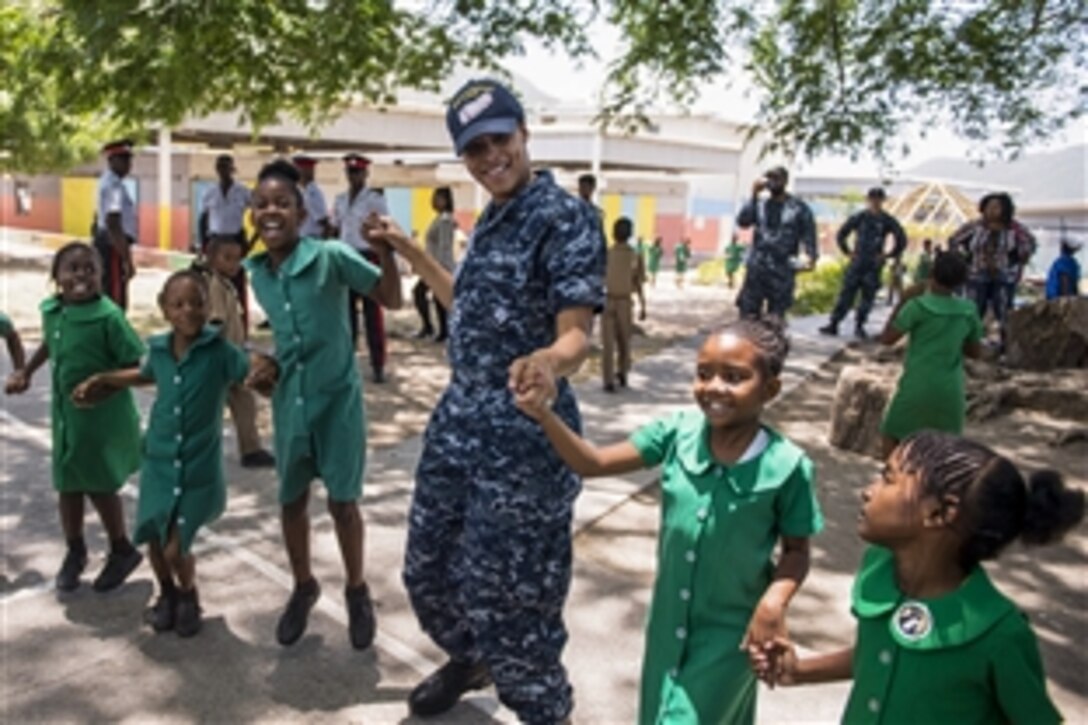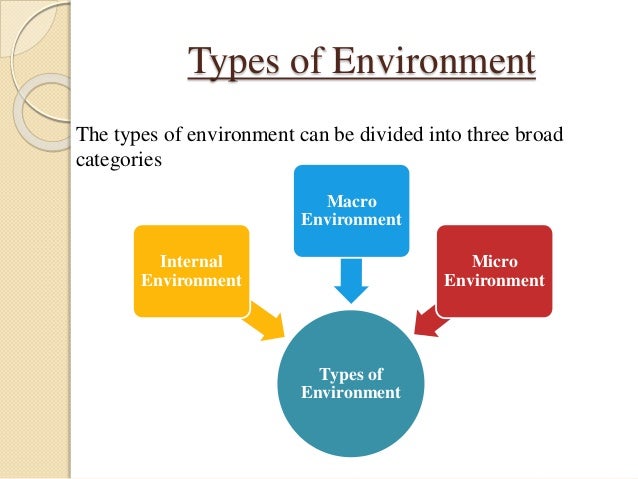Hope Valley Experimental the only primary school for students with a disability in Jamaica.

Hope Valley Experimental School
The Hope Valley Experimental School was founded by Sir John Golding in 1972 as a primary school for both the disabled and able-bodied children living in the area around the SJGRC. The disabled children were successfully integrated into the classrooms. It was built on the grounds adjacent to the Centre. Approximately 1,000 children between the ages of 5 and 12 attend the school. The subjects taught at the school are:
- Mathematics
- Social Studies
- History
- Geography
- Language Arts
- Civic Studies
- Science











Hope Valley Experimental School to get Face-Lift Labour Day
The Hope Valley Experimental School at 2 University Road, Mona, Kingston will receive a face-lift from members of the Muslim Youth Organisation of Jamaica, who will undertake the cleaning and painting of the institution for their Labour Day project this year.
Hope Valley perseveres despite lack of key staff members jamaicaobserver.com/…/Down–but-not-out_13145063
A lack of appropriate human resource personnel is at the heart of the challenges faced by Hope Valley Experimental, a 40-year-old primary school that caters to not only able-bodied students but also those with a range of disabilities.
CXC Prep – Adult Education for Disabled Persons-JAMAICA



Disabilities in Jamaica: How well do we care for them?
https://www.youtube.com/watch?v=356u-3kXHiwhttps://www.youtube.com/watch?v=356u-3kXHiw
In 2001, just over 6% of the population in Jamaica identified as living with a disability according to census data – over 160,000 people. Of these individuals, however, fewer than 1% are in paid employment, making the disabled community one of the most vulnerable groups in Jamaica.
“Barriers to employing persons with disabilities is a major development challenge,” highlighted Junko Onishi, Senior Social Protection specialist. “PWDs in Jamaica experience higher levels of unemployment when compared to their able-bodied counterparts; demonstrate higher levels of illiteracy; limited educational attainment and often lack job skills and certification.”
More Access for Persons with Disabilities
https://www.youtube.com/watch?v=g3bh8PR9ymkhttps://www.youtube.com/watch?v=g3bh8PR9ymk
Blog Designer:
- Marcia Thomas Phillips
Credits:
-
Hope Valley Experimental School Website
-
https://www.google.com/searchq=history+of+hope+valley+experimental+school+jamaica
-
Ms T. Copeland, Lecturer
-
https://www.youtube.com/watch?v=356u-3kXHiw
-
https://www.youtube.com/watch?v=g3bh8PR9ymk
-
More Access for Persons with Disabilities
-
The Association & Athletes in the Media
-
Mona High School website
-
Phillip Ferguson – Hope Valley School























